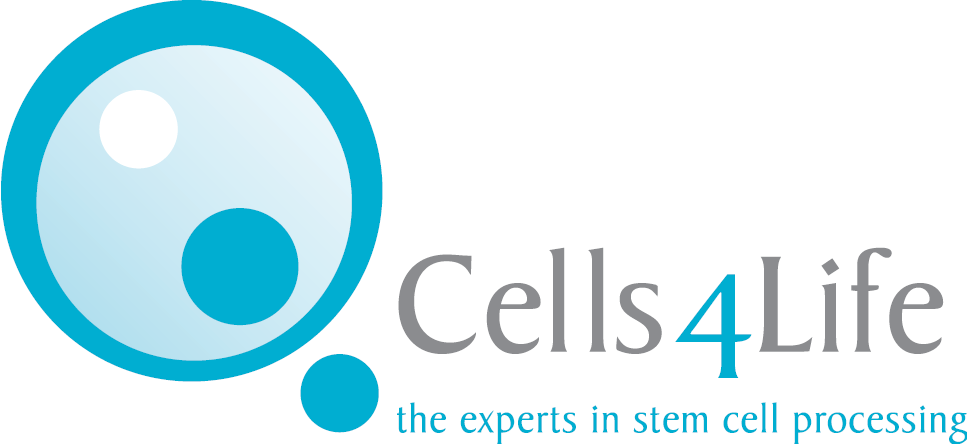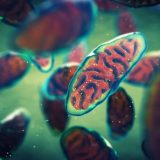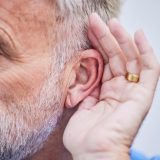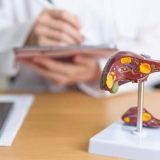This year’s World Sickle Cell Day is on the 19th June, a day to recognise and raise awareness of the disease, the millions around the world who suffer from it, and ongoing research into how treatment is advancing.
With this year’s theme being ‘we are STRONGER TOGETHER’, we thought it would be a good opportunity to highlight how cord blood transplants between siblings have emerged as a viable treatment alternative for those suffering from the condition.
Making use of sibling cord blood necessitates having it in storage and so in celebration of World Sickle Cell day, we wanted to highlight how cord blood banking could provide a lifeline for those suffering from the disease, as well as how storing cord blood for your baby could help safeguard the health of your family.
What is sickle cell disease?
Sickle cell disease is the name for a group of inherited blood disorders that are passed down from parents to children.
Particularly common amongst those who have African or Caribbean heritage, sickle cell disease inhibits the haemoglobin in red blood cells from carrying oxygen.
This can lead to the red blood cells in those with the condition to become misshapen, inflexible and liable to sticking together and blocking blood flow, causing tremendous pain – known as sickle cell crises – in addition to an increased risk of stroke, lung problems, eye problems and infection.
The disease gets its name from the shape of the red blood cells affected by the condition: crescent or ‘sickle’ shaped rather than discoid. [1]
What treatments are available for sickle cell disease?
Currently, treatments for sickle cell disease focus primarily on the alleviation of symptoms.
While there have been significant steps forward in recent years, including the development of the Casgevy therapy which utilises genetically engineered bone marrow stem cells from the patients themselves in lieu of a donor transplant, medicines like antibiotics and painkillers remain the most prevalent way of combating sickle cell.
There is only one known cure for sickle cell disease: a stem cell or bone marrow transplant. In these treatments, healthy red blood cells are produced by the donated stem cells, replacing the ones that are affected by sickle cell. [2]
However, difficulty in locating an unrelated donor match, in addition to the risks posed by graft-versus-host disease, hinders the ready availability of transplantation as a treatment option.
The benefits of cord blood banking for sickle cell disease
Within the last decade, sibling cord blood transplants have emerged as a viable alternative to bone marrow transplants as a treatment option for sickle cell disease.
A comprehensive study in 2017 following the success rates of sibling cord blood transplants over a period of 20 years found that of the 28 patients with sickle cell who received cord blood from a sibling, all but one are both alive and free from sickle cell disease. [3]
With a reduced risk of graft-versus-host disease, in addition to a 25% chance of a perfect match and a 50% chance of a partial match, using the stem cells from a sibling’s umbilical cord blood alleviates many of the current obstacles to obtaining a transplant to treat sickle cell disease.
Moreover, because of the way sickle cell is passed down between parents and children, if one child is born with sickle cell disease then there’s a 75% chance that a subsequent child will not have the disease, making a cord blood transplant between siblings possible. [4]
Should I store my baby’s cord blood?
Underlying the breakthroughs in treating sickle cell through a sibling cord blood transplant is one crucial detail: whether or not that sibling has cord blood samples in storage. There’s only one opportunity to save their cord blood: in the minutes after they’re born.
Without cord blood samples in storage, availability to stem cell transplant treatments for sickle cell, and other blood or inherited conditions, becomes more difficult as it’s harder to find a suitable match.
Ensuring that you save cord blood for every child maximises opportunities for treatment, particularly in instances where a sibling transplant could provide a cure for conditions requiring an HLA match, like sickle cell disease.
Additionally, with the emergence of the aforementioned Casgevy therapy and ongoing trials exploring the possibility for autologous stem cell treatments for sickle cell disease, saving your baby’s stem cells means that they have improved access to cutting edge therapies using their own cord blood samples. [5]
Storing cord blood for every child is the only way to ensure that they have improved access to the benefits of cord blood banking.
If you want to learn more about how storing cord blood for your baby could provide protection for their health and the health of their siblings, fill out the form below for a free Welcome Pack.
References
[1] (2024, April 22). What Is Sickle Cell Disease? National Heart, Lung and Blood Institute. https://www.nhlbi.nih.gov/health/sickle-cell-disease
[2] (2022, November 30). Overview: Sickle Cell Disease. NHS. https://www.nhs.uk/conditions/sickle-cell-disease/
[3] Rafii, Hanadi et al. “Family cord blood banking for sickle cell disease: a twenty-year experience in two dedicated public cord blood banks.” Haematologica vol. 102,6 (2017): 976-983. doi:10.3324/haematol.2016.163055
[4] Autosomal Recessive: Cystic Fibrosis, Sickle Cell Anemia, Tay-Sachs Disease. University of Rochester Medical Center. https://www.urmc.rochester.edu/encyclopedia/content.aspx?ContentID=P02142&ContentTypeID=90
[5] (2024, March 19). Clinical Study of BRL-101 in the Treatment of Sickle Cell Disease. ClinicalTrials.gov. https://clinicaltrials.gov/study/NCT06287099
















